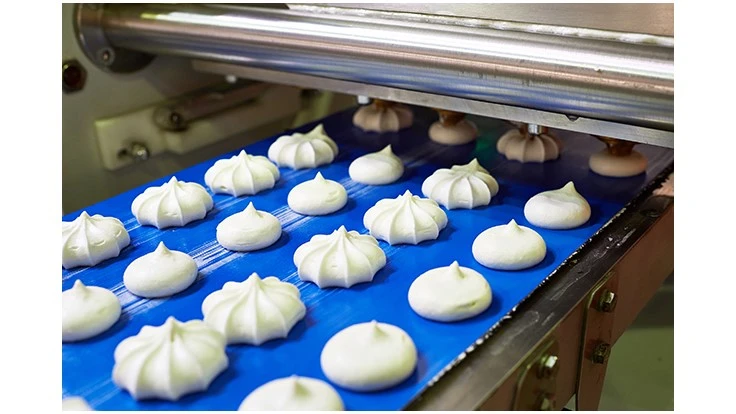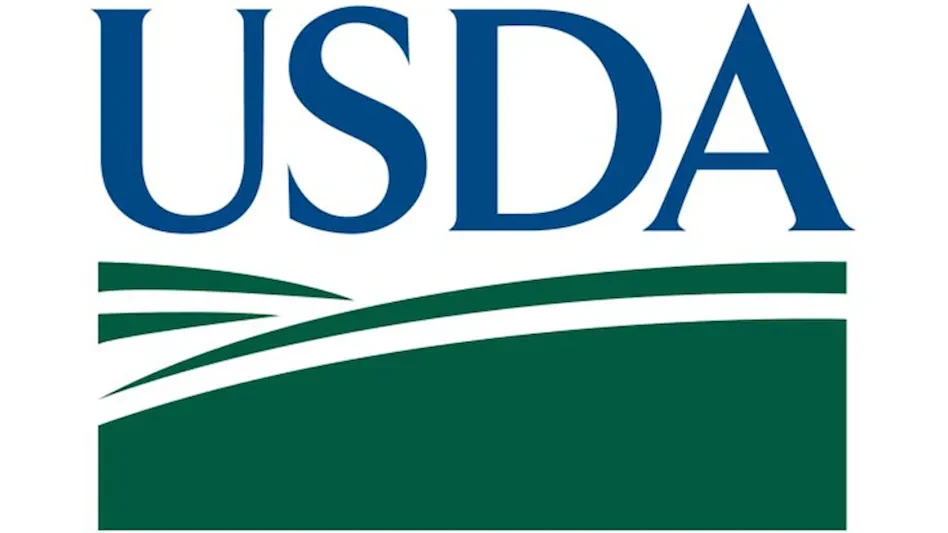
Although the Food Safety Modernization Act (FSMA) has become the pre-eminent law of FDA-regulated food facilities, it – like all regulation since the ’60s – is grounded in HACCP. As such, while the Hazard Analysis and Risk-Based Preventive Controls (HARPC) of FSMA are now required of most FDA facilities, HACCP continues to play a role. Not only is it still required for the meat, poultry, seafood, and juice industries, it is the recognized approach to food safety required by all Global Food Safety Initiative (GFSI) benchmarked standards. Thus, said Alchemy Systems Vice President of Professional Services Jeff Chilton, “It is wise for all food safety and quality professionals to understand the HACCP approach to food safety.”
However, HACCP regulations have not stayed static. Rather, in recent years, USDA mandated that all its regulated establishments revalidate their HACCP plans. This required the identification of critical operating parameters used throughout the process and validation of those controls with both scientific supporting documentation and internal validation. Thus, Chilton recommended that all USDA-regulated companies regularly revisit these validation requirements to assure they are properly documented, to be prepared for regulatory reviews, and to avoid potential enforcement actions.
USDA also is raising expectations for pathogen control with identification of additional types of adulterants such as other strains of E. coli; has tightened performance standards for pathogens and changed sampling methods to test products over more consistent periods of time; and requires all establishments to perform at least an annual reassessment of their HACCP plans. “This reassessment should be a thorough process that reviews all the written programs, audits the plant conditions, and reviews records over time to assure the HACCP system is current and accurate,” Chilton said, adding, “A reassessment should be much more than changing a date on a cover page.”
For FDA-regulated facilities, there are similarities between the HACCP program and the Food Safety Plan required by FSMA’s Preventive Controls, but the FSMA approach involves more than HACCP traditionally has. For example:
• In addition to physical, biological and chemical hazards, three additional types of hazards have to be addressed including economically adulterated hazards, radiological hazards, and environmental pathogen hazards in facilities that produce ready-to-eat (RTE) products.
• FSMA requires a risk assessment of the likelihood and severity of the hazards.
• FSMA also requires identification of process, allergen, sanitation, and supply chain controls, rather than just identifying the CCPs in the process. For example, allergen cleaning and labeling is often determined to be a preventive control. Because allergen cross-contact is a major issue in the industry, its determination as a preventive control helps put focus on the process and ensure that clear limits are set.
Both HACCP and the Preventive Controls Food Safety Plan are tools that are used to gain control of the operation. As stated by the Quality Manager of an In-Flight Food/Beverage Provider, when defined parameters are set, deviations are concrete and immediate action can be taken. They also help in trend analysis and data gathering, and promote a forward-thinking culture in both food safety and overall operations.
Regular reassessments also are important to ensure that what you say is happening in the Food Safety Plan is actually happening. These are good opportunities to step back from the day-to-day operations and take a strategic look at all processes, because food safety and quality have an impact at all process steps, the quality manager explained.
Even with the differences between HACCP and FSMA’s HARPC, most companies that are FDA regulated and GFSI certified prefer to have a single Food Safety Plan that meets both requirements, Chilton said. “This is possible to do by following the 12-step HACCP approach with its five preliminary steps and seven principles; using a risk-based hazard analysis that addresses all six types of hazards required by the Preventive Controls rules with a risk assessment; and identifying all four types of preventive controls as applicable beyond just the CCPs.”
Latest from Quality Assurance & Food Safety
- USDA Terminates Two Longstanding Food Safety Advisory Committees
- Catalyst Food Leaders Announces Virtual Leadership Summit for People in Food
- Food Safety Latam Summit 2025 Set for Mexico City
- AFDO Webinar Series Offers Strategies for Difficult Times
- FDA, USDA Rehire Some Staff, Multiple Sources Report
- Nestlé Opens Arizona Beverage Factory and Distribution Center
- Ingredion Invests $100 Million in Indianapolis Plant to Improve Efficiency, Enable Texture Solutions Growth
- Eagle Unveils Redesigned Pipeline X-ray System





